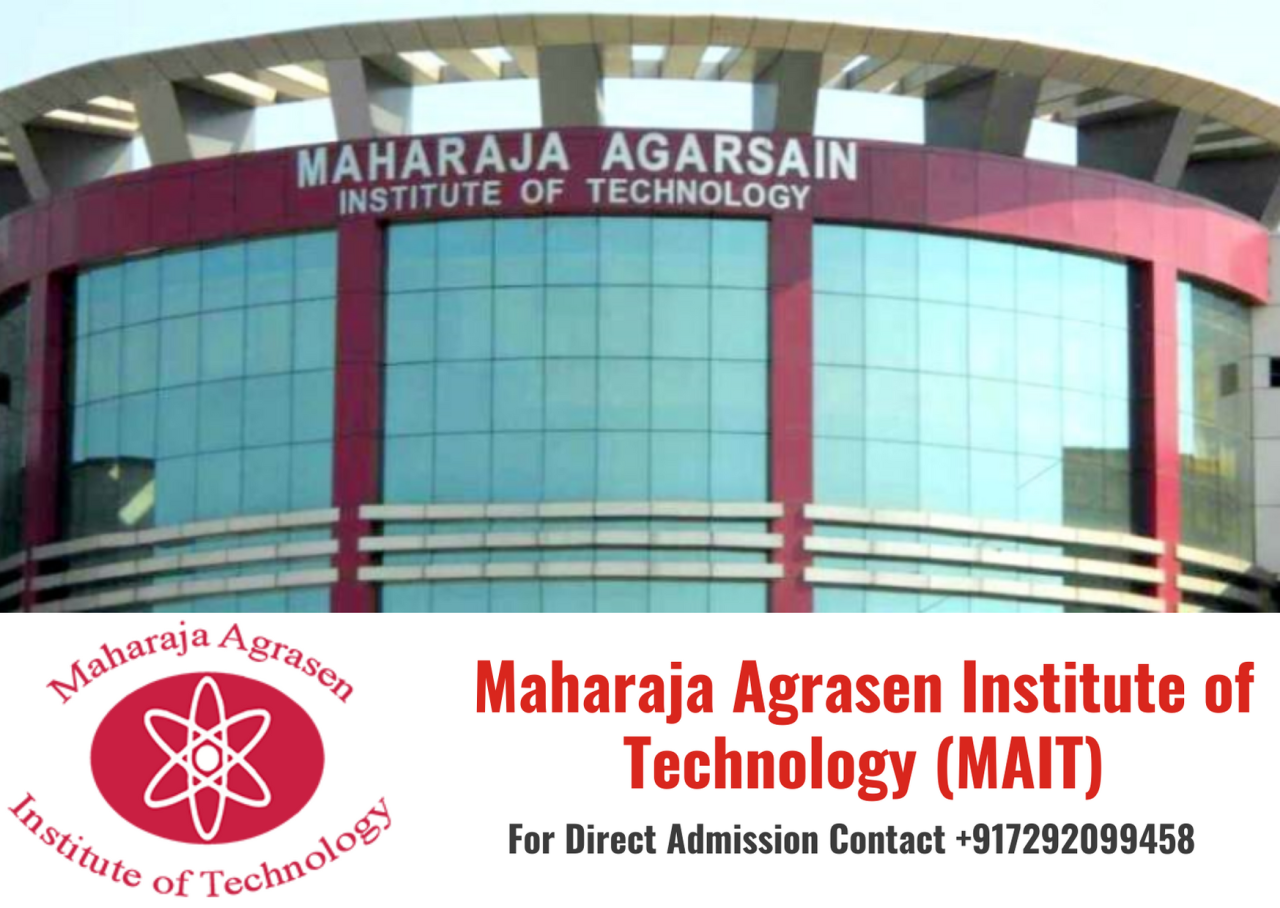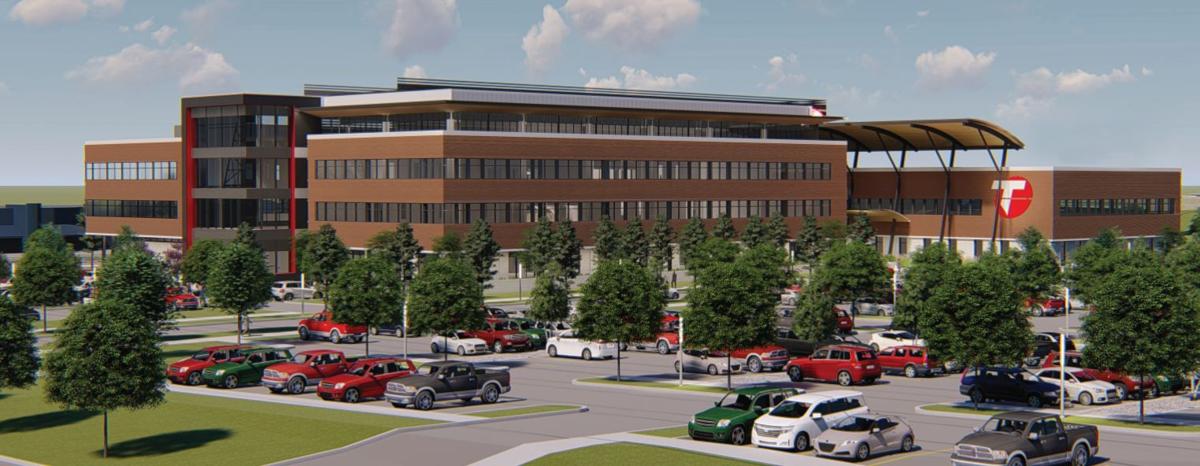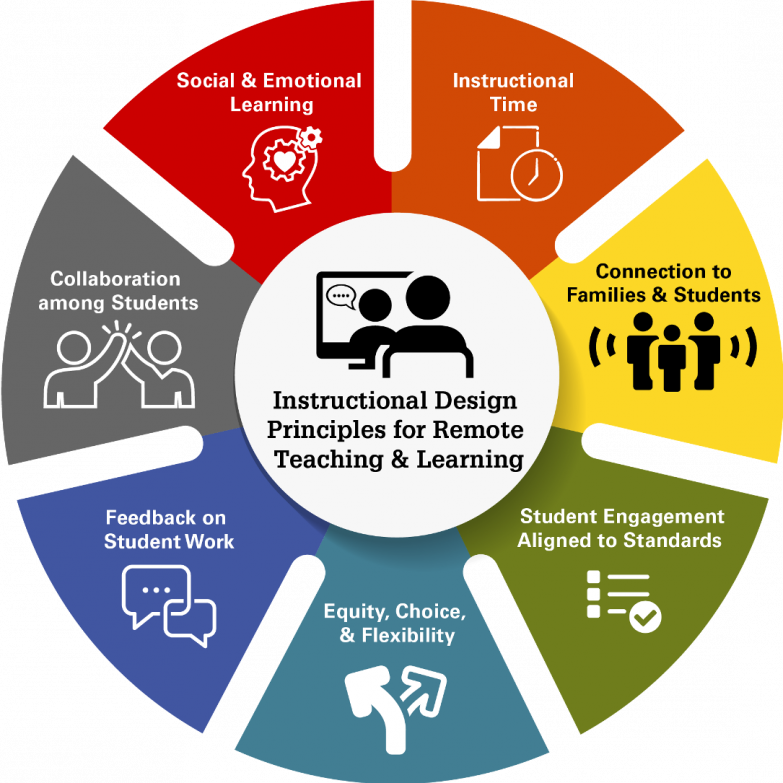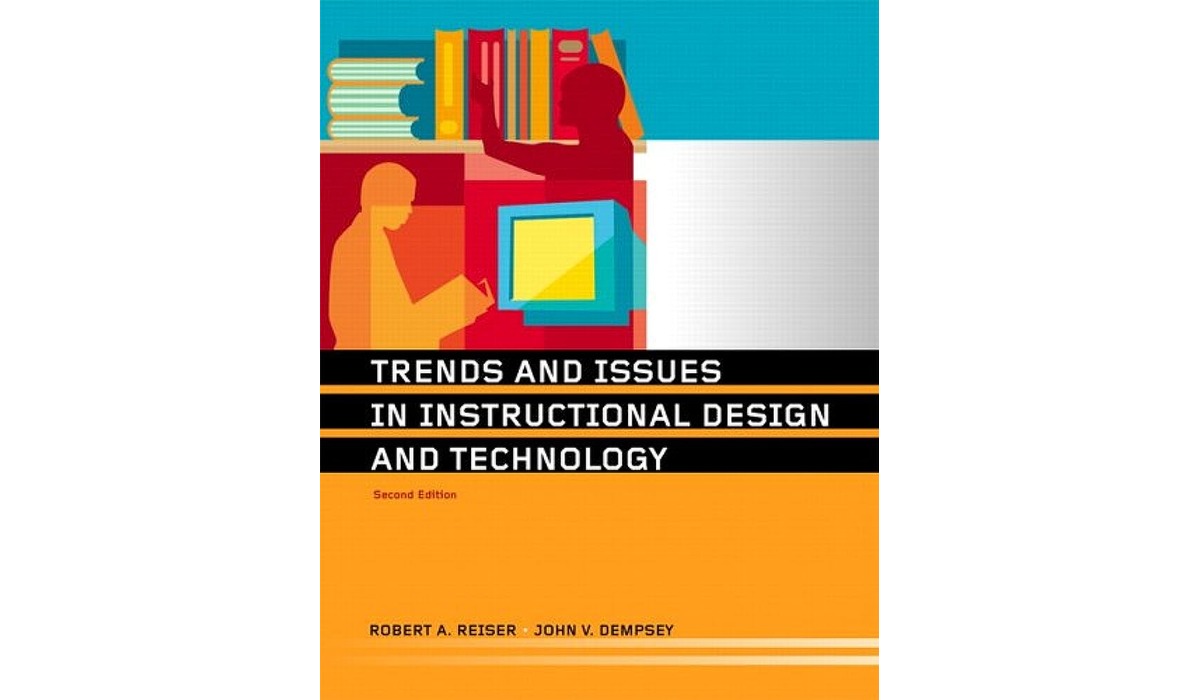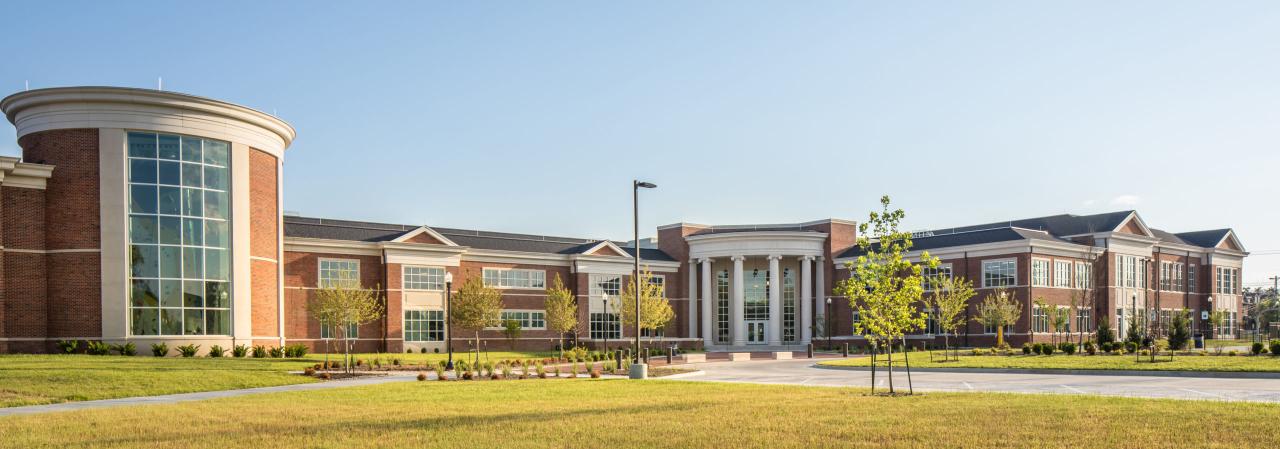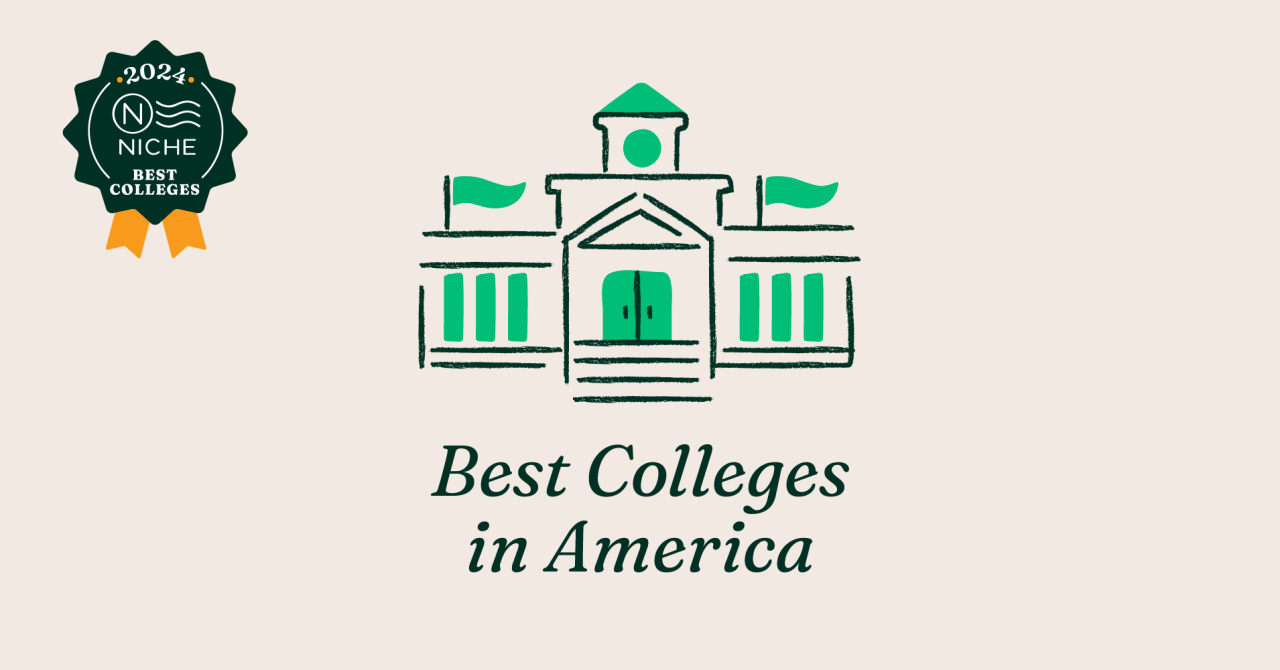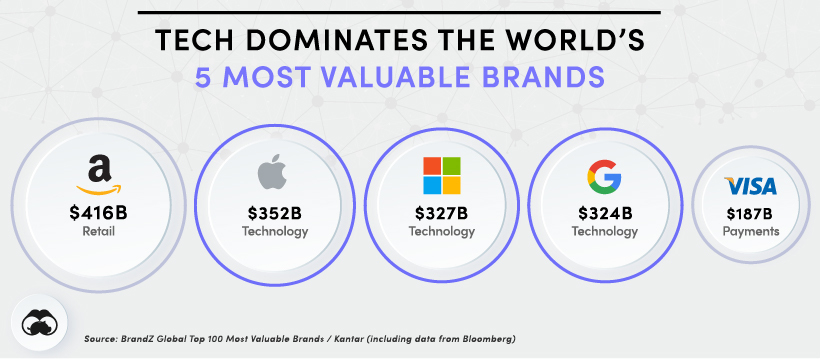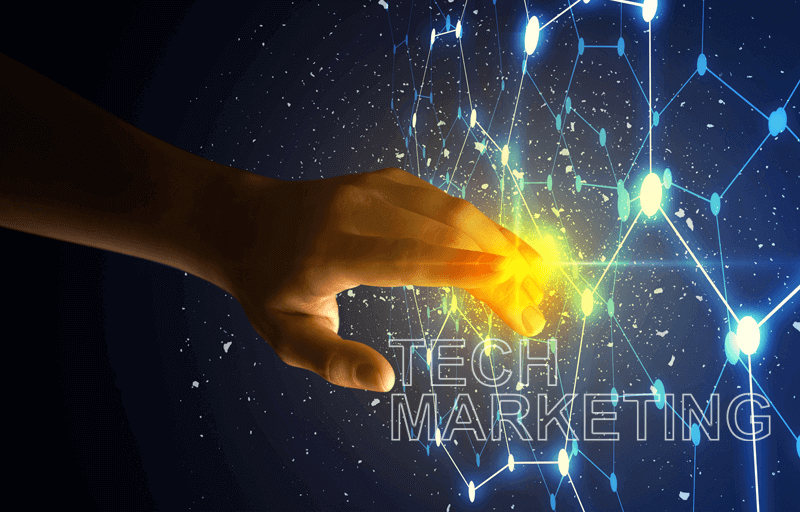Smart Technology in the Classroom: Shaping the Future of Learning
Smart technology in the classroom is no longer a futuristic concept; it’s a reality that’s rapidly transforming the way we learn and teach. From interactive whiteboards and virtual reality simulations […]
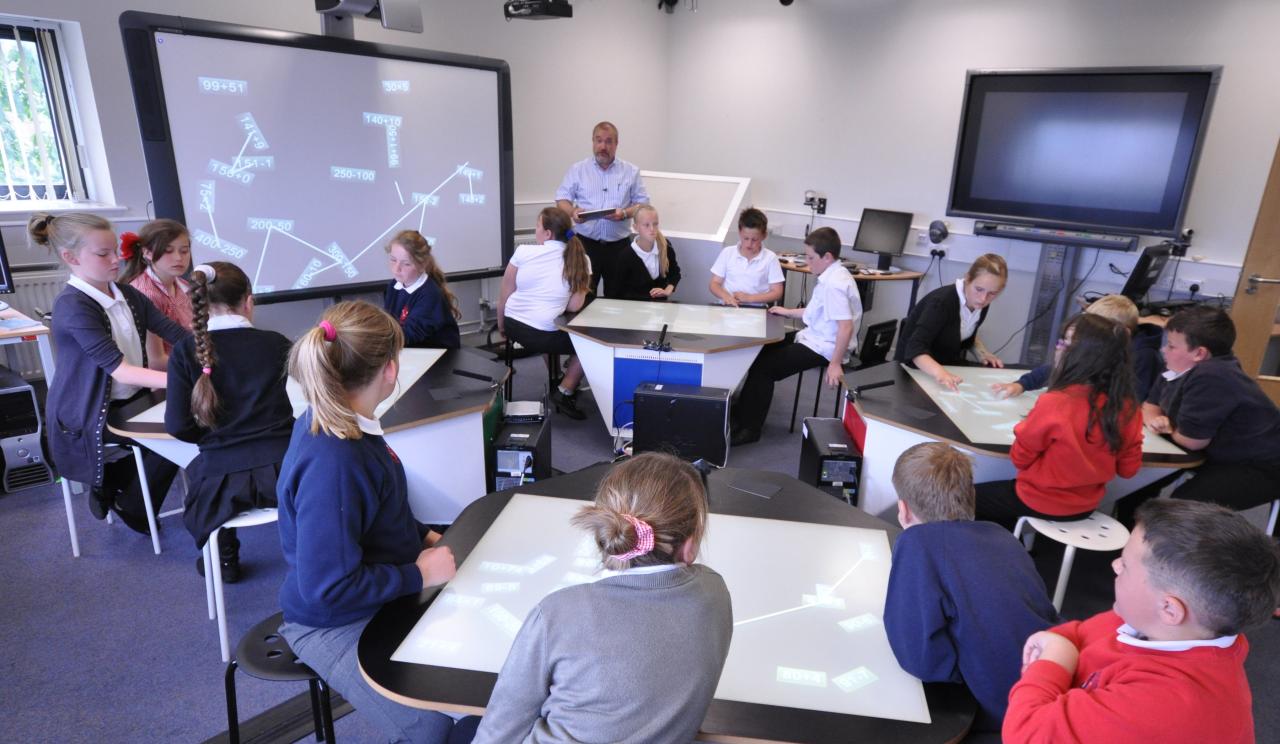
Smart technology in the classroom is no longer a futuristic concept; it’s a reality that’s rapidly transforming the way we learn and teach. From interactive whiteboards and virtual reality simulations to personalized learning platforms and AI-powered tutors, technology is playing an increasingly vital role in shaping the modern educational landscape.
The integration of smart technology in education offers numerous benefits, including enhanced student engagement, personalized learning experiences, and improved access to knowledge and resources. However, it also presents challenges, such as the need for effective teacher training, ensuring equitable access to technology, and addressing concerns about data privacy and digital equity.
Impact of Smart Technology on Learning
Smart technology has revolutionized the way we learn, offering numerous benefits for both students and educators. It has become an integral part of modern education, empowering students with interactive and engaging learning experiences.
Enhanced Student Engagement and Motivation
Smart technology has the potential to significantly enhance student engagement and motivation in the classroom. Interactive learning platforms, educational apps, and simulations create an immersive learning environment that captivates students’ attention and encourages active participation.
- Interactive Learning Platforms: Platforms like Khan Academy, Coursera, and Duolingo offer engaging and interactive learning experiences that cater to diverse learning styles. These platforms provide personalized feedback, gamified learning, and interactive exercises, making learning more enjoyable and effective.
- Educational Apps: Mobile apps designed for specific subjects, such as math, science, or language learning, provide students with engaging and interactive tools. These apps often incorporate gamification elements, rewards, and personalized learning paths to keep students motivated and engaged.
- Simulations and Virtual Reality: Simulations and virtual reality experiences provide students with immersive and hands-on learning opportunities. For example, students can explore the human body through virtual dissection or experience historical events firsthand through VR simulations.
Personalized Learning Experiences
Smart technology enables personalized learning experiences that cater to individual needs and learning styles. It allows educators to tailor content and instruction to meet each student’s unique requirements.
- Adaptive Learning Platforms: Adaptive learning platforms use algorithms to track student progress and adjust the difficulty level of lessons accordingly. This personalized approach ensures that students are challenged at the appropriate level and receive targeted support when needed.
- Personalized Learning Paths: Smart technology allows educators to create personalized learning paths for each student, based on their individual strengths, weaknesses, and learning preferences. This approach provides students with a customized learning experience that meets their specific needs.
- Data Analytics: Educational technology tools collect data on student performance, engagement, and learning patterns. This data can be used to identify areas where students need additional support and to tailor instruction accordingly.
Facilitating Collaborative Learning and Communication
Smart technology facilitates collaborative learning and communication among students, creating a dynamic and interactive learning environment.
- Online Collaboration Tools: Tools like Google Docs, Google Slides, and Microsoft Teams enable students to work together on projects, share ideas, and collaborate in real-time. These tools foster communication, teamwork, and problem-solving skills.
- Video Conferencing: Video conferencing platforms allow students to connect with classmates and teachers remotely, fostering a sense of community and facilitating group discussions and presentations. This is particularly beneficial for students who are unable to attend classes in person.
- Social Media and Online Forums: Online platforms like social media and forums provide opportunities for students to connect with peers, share knowledge, and discuss learning materials. These platforms can foster a sense of community and encourage peer-to-peer learning.
Smart Technology and Teacher Roles
Smart technology has the potential to revolutionize the role of teachers in the classroom, shifting them from traditional knowledge dispensers to facilitators of learning. This transformation empowers teachers to personalize instruction, cater to individual student needs, and create more engaging and interactive learning environments.
Teacher Roles in a Smart Technology-Enabled Classroom
Smart technology fundamentally alters the role of teachers, demanding new skills and competencies to effectively integrate these tools into their teaching practices.
- Facilitator of Learning: Teachers become guides who support students in their learning journeys, providing personalized feedback and guidance. They encourage student-led exploration and collaboration, fostering critical thinking and problem-solving skills.
- Curriculum Designer and Integrator: Teachers curate and design engaging learning experiences that leverage the capabilities of smart technology. They integrate digital resources, simulations, and interactive tools into their lessons to create a dynamic and immersive learning environment.
- Technologist and Innovator: Teachers need to be comfortable with various smart technologies and understand their applications in education. They are constantly exploring new tools and strategies to enhance learning and adapt to the evolving technological landscape.
- Collaborator and Communicator: Teachers collaborate with other educators, technology specialists, and parents to create a comprehensive learning ecosystem. They use technology to communicate effectively with students, parents, and colleagues, fostering a sense of community and shared responsibility for student success.
Skills and Competencies for Effective Smart Technology Integration
To effectively integrate smart technology in the classroom, teachers need to develop a range of new skills and competencies.
- Digital Literacy: Teachers must be proficient in using various digital tools and platforms, including learning management systems, educational apps, and online collaboration tools.
- Data Analysis and Interpretation: Smart technology generates vast amounts of data on student performance and engagement. Teachers need to be able to analyze this data to identify patterns, trends, and areas for improvement.
- Pedagogical Content Knowledge: Teachers must understand how to integrate smart technology into their subject matter, designing lessons that leverage the unique capabilities of these tools to enhance learning outcomes.
- Technology Integration Strategies: Teachers need to develop strategies for integrating smart technology into their teaching practices, ensuring that these tools are used effectively to support student learning and engagement.
- Assessment and Evaluation: Teachers must be able to design and implement effective assessments that measure student learning in a technology-rich environment. This includes understanding how to use digital tools to gather evidence of student progress and provide feedback.
Training Program for Teachers
A comprehensive training program can prepare teachers to effectively utilize smart technology in the classroom. This program should include:
- Introduction to Smart Technology: This module provides an overview of various smart technologies available for education, their capabilities, and potential applications in the classroom.
- Digital Literacy Skills: This module focuses on developing essential digital literacy skills, including navigating learning management systems, using educational apps, and collaborating online.
- Pedagogical Content Knowledge with Technology Integration: This module explores strategies for integrating smart technology into specific subject areas, aligning technology tools with learning objectives and content standards.
- Data Analysis and Interpretation: This module equips teachers with the skills to analyze student performance data generated by smart technology, identify trends, and use insights to inform instruction.
- Assessment and Evaluation in a Technology-Rich Environment: This module explores various methods for assessing student learning in a technology-rich environment, including digital assessments, online portfolios, and data-driven feedback.
- Technology Integration Strategies and Best Practices: This module focuses on practical strategies for integrating smart technology into classroom activities, ensuring effective use of these tools to enhance student learning and engagement.
- Professional Development and Ongoing Support: Ongoing professional development opportunities and support networks are crucial for teachers to stay abreast of emerging technologies and best practices for their effective integration into the classroom.
The Future of Smart Technology in Education
The integration of smart technology in education is not merely a passing trend; it’s a transformative force that is shaping the future of learning. The pace of innovation is accelerating, and we can expect even more profound impacts on how students learn and teachers teach in the years to come.
Future Trends and Advancements in Smart Technology
The advancements in smart technology are poised to revolutionize the educational landscape. Here are some key trends and advancements that will likely shape the future of learning:
- Artificial Intelligence (AI) and Personalized Learning: AI will play a pivotal role in tailoring educational experiences to individual student needs. AI-powered platforms will analyze student data, identify learning gaps, and recommend personalized learning pathways, ensuring that each student receives the support they need to thrive.
- Augmented and Virtual Reality (AR/VR): AR and VR technologies will create immersive learning environments that bring textbooks to life. Students can explore historical sites, dissect virtual organs, or conduct experiments in simulated environments, fostering deeper understanding and engagement.
- Internet of Things (IoT) and Connected Learning: The IoT will connect classrooms, devices, and students in ways never before imagined. Smart sensors will monitor student engagement, optimize classroom environments, and provide real-time feedback to teachers.
- Blockchain and Educational Credentials: Blockchain technology will enhance the security and transparency of educational records. Digital credentials will be verifiable and portable, making it easier for students to share their achievements and qualifications with potential employers and institutions.
Addressing Emerging Educational Challenges
Smart technology has the potential to address some of the most pressing challenges facing education today:
- Bridging the Digital Divide: Smart technology can help bridge the digital divide by providing access to quality education for students in underserved communities. Low-cost devices, open educational resources, and online learning platforms can democratize access to knowledge.
- Meeting the Needs of Diverse Learners: Smart technology can cater to the unique needs of diverse learners. Adaptive learning platforms, assistive technologies, and language translation tools can create inclusive learning environments where all students can succeed.
- Preparing Students for the Future of Work: Smart technology can equip students with the skills and knowledge they need to thrive in a rapidly evolving job market. Coding classes, robotics programs, and STEM-focused initiatives can prepare students for the jobs of tomorrow.
Creating a More Equitable and Accessible Learning Environment, Smart technology in the classroom
Smart technology can create a more equitable and accessible learning environment for all:
- Breaking Down Barriers to Learning: Smart technology can break down barriers to learning for students with disabilities. Assistive technologies, such as screen readers, text-to-speech software, and captioning tools, can provide equal access to educational materials and opportunities.
- Expanding Access to Education: Smart technology can expand access to education for students in remote or underserved areas. Online learning platforms, mobile devices, and satellite internet connections can connect students to quality education regardless of their location.
- Promoting Global Collaboration: Smart technology can foster global collaboration and cultural understanding. Virtual classrooms, online communities, and language learning tools can connect students from around the world, promoting empathy and respect for diverse perspectives.
Ultimate Conclusion: Smart Technology In The Classroom

As technology continues to evolve, its impact on education will only grow stronger. By embracing the potential of smart technology while addressing its challenges, we can create a more engaging, personalized, and equitable learning environment for all students. The future of education is intertwined with the future of technology, and it’s a future filled with exciting possibilities.
Smart technology in the classroom can enhance learning in various ways, from interactive whiteboards to personalized learning platforms. While not directly related to education, the precision and reliability of watson-marlow fluid technology solutions are essential in fields like medicine and research, which ultimately contribute to the knowledge base used in education.
Ultimately, smart technology in the classroom is about providing students with the tools they need to succeed in a rapidly changing world.

